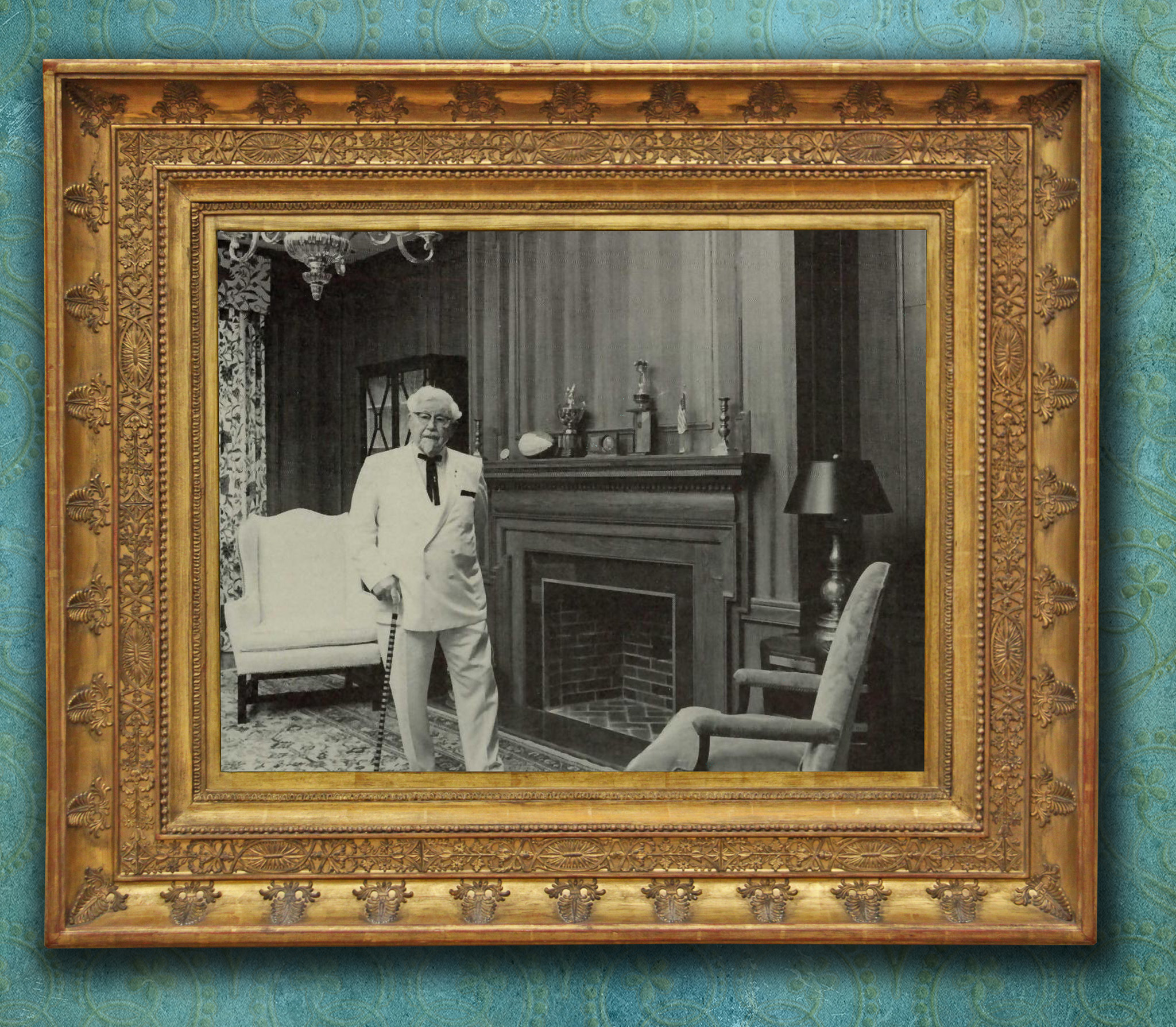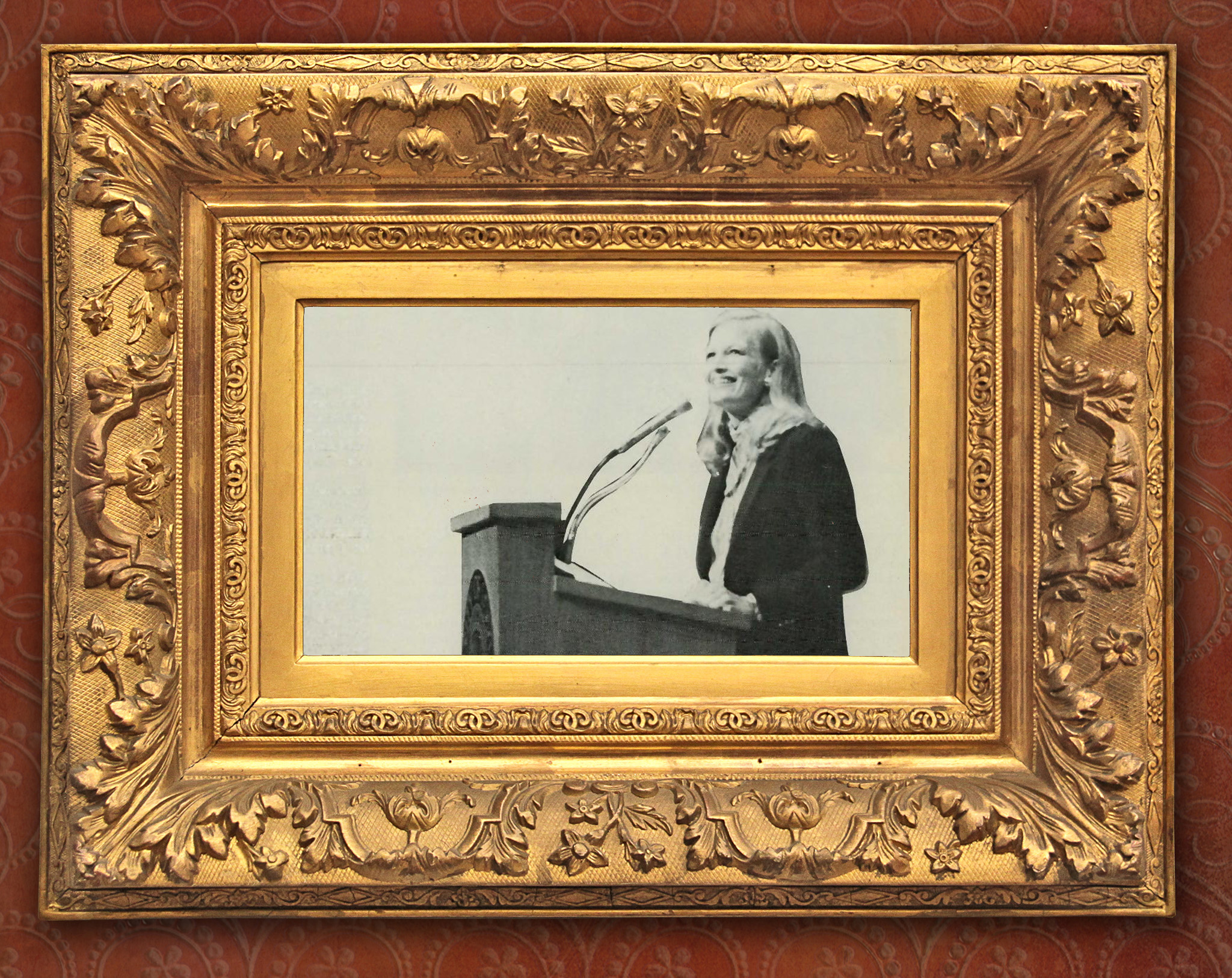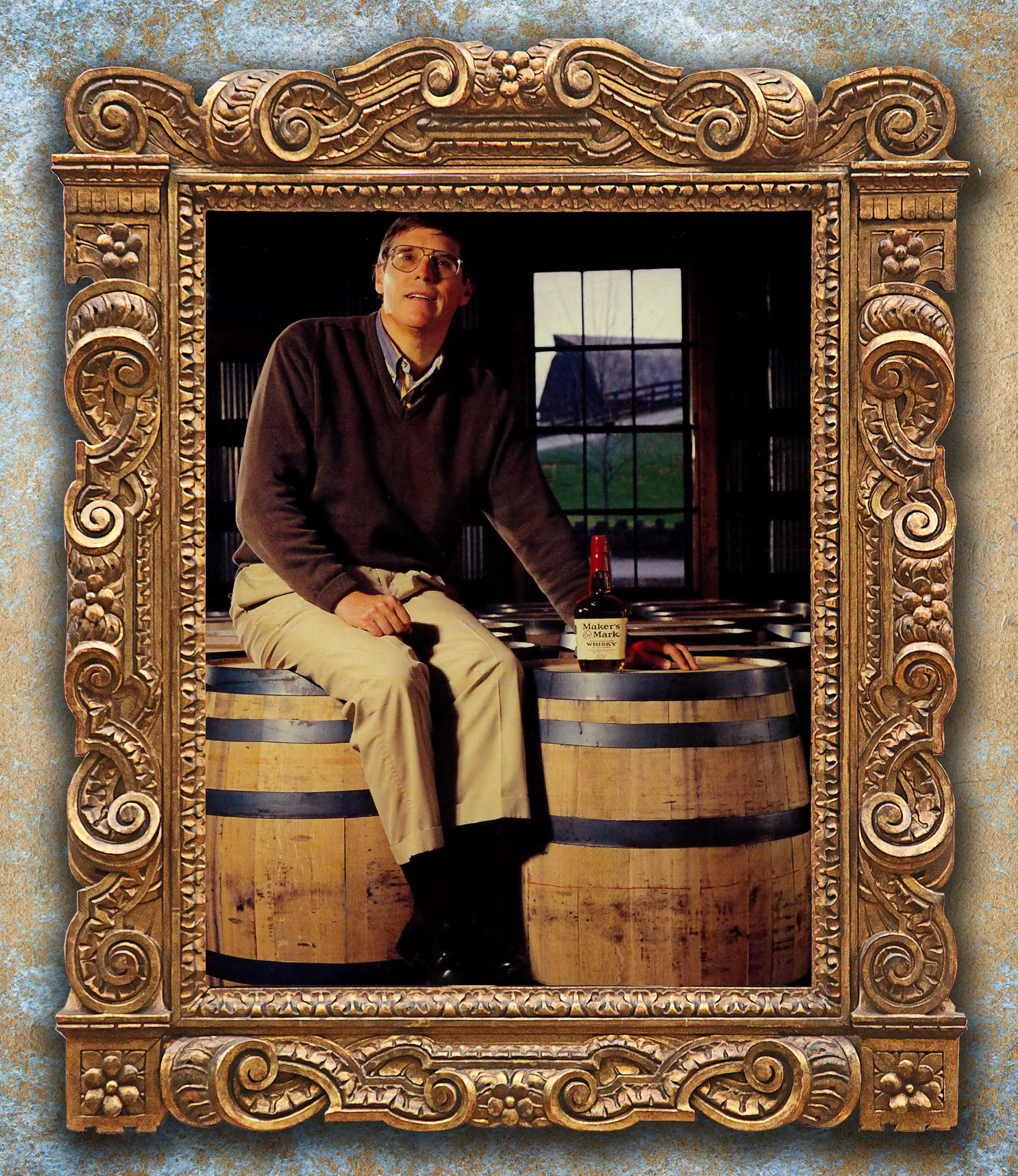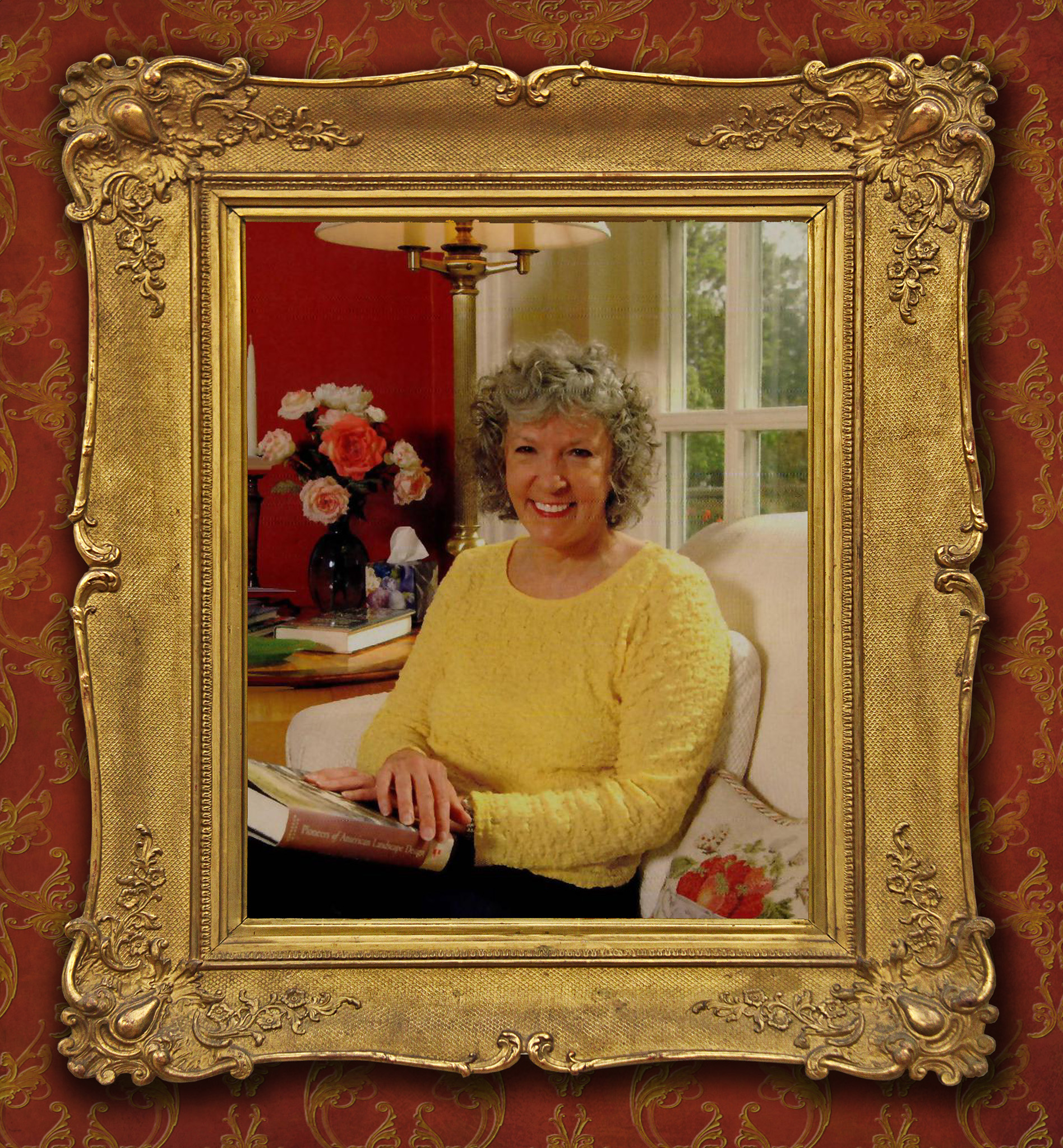Kentuckians of note
Our favorite personality profiles, from KFC to CBS
Since 1948, Kentucky Living has published dozens of profiles of noteworthy Kentuckians in business, entertainment, politics, sports and the arts. Enjoy this sampling of our favorites.

Col. Harland Sanders
SEPTEMBER 1979
Our cover story in September 1979 wished a happy birthday to Col. Harland Sanders, founder of Kentucky Fried Chicken. Born in 1890, Sanders became responsible for taking care of his younger siblings after his father died when he was just 6 years old. While his mother went to work, young Sanders ran the household, with responsibilities including cooking meals. He got his first job at 10, earning $2 per month working on a nearby farm. Over the decades, Sanders worked as a streetcar conductor and railroad fireman, served in the U.S. Army in Cuba, studied law by correspondence, sold insurance, worked in a factory and operated service stations. Sanders’ culinary career started at the age of 40, when he began cooking fried chicken to serve customers at his service station in Corbin. As customers started visiting just for the food, he expanded the restaurant and spent the next 10 years perfecting his secret recipe of “11 herbs and spices.” The rest is history.
Diane Sawyer
SEPTEMBER 1981

When then-editor Gary Luhr interviewed Diane Sawyer in 1981, she was “a rising star” at CBS. At the time, Sawyer was only a few years into her national journalism career, having previously worked as a news and weather reporter for WLKY TV in Louisville for three years (1967-70), and then as chief assistant to President Richard Nixon’s press secretary, Ronald Ziegler (1970-74). She was among just a handful of people, Luhr wrote, who followed Nixon back to California after the Watergate scandal. She subsequently spent four years helping the former president write his memoirs before returning to Washington, D.C., in 1978 as a reporter for CBS. In her Rural Kentuckian profile, Sawyer recounted an early mishap during her first assignment as a news reporter. “Packing a heavy film camera, she accompanied former U.S. Supreme Court Justice William O. Douglas on a hike through Kentucky’s Red River Gorge,” Luhr recounts. “Staring intently into the camera and walking backward to film the Justice and his wife, she lost her footing and nearly fell into the Gorge, prompting Douglas to ask if she were new at the job.”

Rosemary Clooney
NOVEMBER 1983
“I come back to Kentucky quite often to touch base with my family,” Maysville native Rosemary Clooney told our writer, Joe Griffin, in November 1983. “I feel it’s important to know your home and your family, and I’ve always tried to keep strong family ties.” Clooney returned to Maysville about six times a year, to visit her brother Nick Clooney, then a television news anchor in Cincinnati. Clooney shared memories of Frank Sinatra, Bing Crosby, Dinah Shore and others. “White Christmas was one of the joys of my life,” she said. “I saw the makeup and the clothes go out of style and back in style. I don’t think any of us thought we were doing something that would be seen on television 30 years later.” She also shared a piece of advice from Crosby that she said had guided her career. “I really always worked,” she said. “I lived by the advice Bing gave me, and I’ll live by it ’til the day I die. He said, ‘Sing for anybody, anytime.’”
Cawood Ledford
MARCH 1988

“He’s just been named Kentucky ‘Sportscaster of the Year’ for the 19th time,” Maria Braden wrote in 1988. “He’s broadcast more than 1,000 University of Kentucky football and basketball games. He’s as much an institution in Kentucky as basketball itself. At an age—61—when many people plan for retirement, Cawood Ledford doesn’t have time to think about it.” Beloved by generations of UK fans, Ledford never planned for a career in broadcasting. He earned a business administration degree from Centre College in 1949, but an early radio job at WHLN in Harlan changed his course. Known as the Voice of the Wildcats, Ledford recalled standout games, leading lights and the evolution of college sports. He noted that UK sports was something everyone, not just alumni, could be proud of. “The amazing thing to me is that people move out of Kentucky, yet they remain University of Kentucky fans,” he said.

Bill Samuels
FEBRUARY 1994
As president of Maker’s Mark Distillery, Bill Samuels Jr. offered a window into an industry on the cusp of resurgence. Between 1978 and 1983, national bourbon sales had declined by 14%. Maker’s Mark, on the other hand, saw 7% growth per year during the same period, and by 1985, industry-wide growth was 40% per year. A fifth-generation distiller, Samuels said his family business’s success could be attributed to focusing on what mattered: customer service, differentiation, individuality and product quality. “In our case, the whole focus is on what’s going on at the distillery,” he said. “Marketing has always taken a back seat to that.” Writer Marty Godbey noted that, as the distillery expanded, Samuels made sure new construction was hidden or integrated into existing structures. The distillery was designated a National Historic Landmark in 1980. “Restoration of the plant has been a labor of love for 30 years so the state could have a museum of its first industry,” Samuels said. “The buildings give a flavor of time and a sense of place, authenticity and ancestors.”
Sue Grafton
AUGUST 2007

When Kathy Witt interviewed Sue Grafton for Kentucky Living in 2007, Grafton’s acclaimed alphabet series had reached its 19th title with S is for Silence. Grafton shared insights, observations and her memories of childhood in Louisville, the city where she still lived and wrote for the better part of each year. “I value the simplicity of the world I grew up in,” Grafton, who died in 2017, told Witt. “In those days, the world was much more innocent. I feel fortunate I was able to have as much freedom as I did.” With her first book, Grafton noted, it “never occurred” to her that there were rules for mystery writing. “There’s a sassiness in ‘A’ that I’m not sure I’ve ever recaptured,” she said. She also shared the challenges of tackling non-linear chronology in her latest novel. “Writing is an odd process, but if I can’t experiment at this point, then shame on me,” she said. “Life has to be about taking risks, but it’s harder as you get older.”

Robert Kirkman
OCTOBER 2017
As creator of The Walking Dead comic book series and a writer and executive producer for the subsequent award-winning television series by AMC Studios, Cynthiana native Robert Kirkman built his success on years of hard work—or, possibly, obsession. “After graduating from high school in 1997, he moved to Lexington and worked a series of day jobs in warehouses and lighting companies, writing all the while, putting together his own comics, making connections and sneaking calls to publishers on his breaks,” Graham Shelby wrote in October 2017.
For a year, Kirkman said, “I worked seven days a week, 16 hours a day. Creative work takes as much time as you give it.” In the early 2000s, the right idea struck at the right time, when Kirkman asked himself about the aftermath of a hypothetical zombie apocalypse: “What would happen next?” In 2017, The Walking Dead had an estimated global viewership of more than 200 million. “I’ve far exceeded my wildest dreams,” Kirkman said, “so much that I’m embarrassed.”

